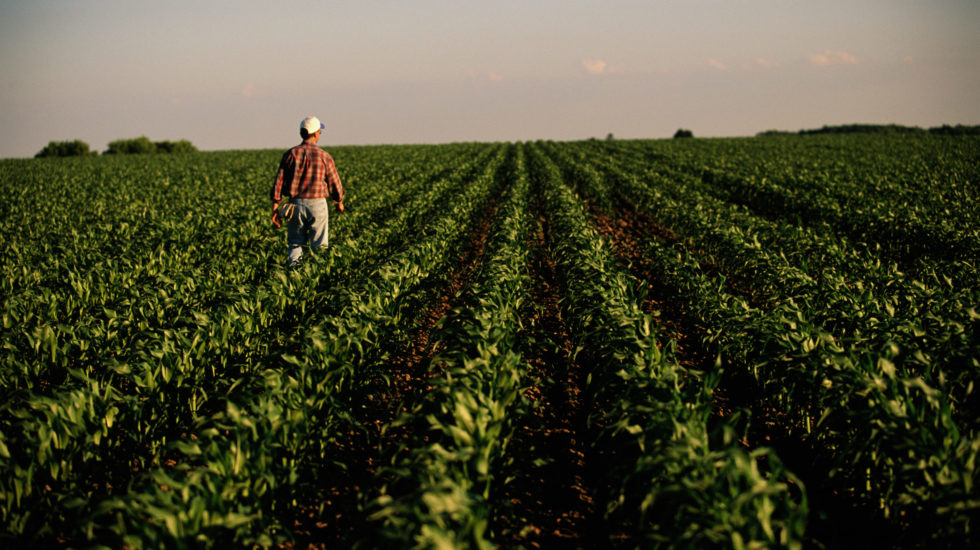Americans in densely populated cities and suburban areas are clearly most at risk of contracting the Covid-19 coronavirus.
But rural residents are beginning to worry, too.
“The social distancing rules repeated like a mantra in America’s urban centers, where the coronavirus is spreading exponentially, might seem silly in wide-open places where neighbors live miles apart,” reports the Associated Press.
But as the virus pandemic spreads throughout the U.S., even the streets of tiny farming and ranching towns are empty, and their limited medical facilities are overloaded by concerned residents.
“The routine ways that rural Americans connect — a bingo night, stopping in at a local diner or attending a potluck — are suddenly taboo,” the AP says.
Roughly 50 million Americans live in rural areas. The rest of the population — about 280 million — is in cities or suburbs.
AP reporters spoke with Mike Filbin, 70, a cattle rancher in north-central Oregon, east of Portland, in a county where no one has tested positive for the virus so far.
“Right now, we’re pretty clean over here,” he said, “but we’re not immune to nothin’ — and if they start bringing it over, it’ll explode here.”
And if it does explode, medical workers, clinics and hospitals will take the full force of the blast.
“Across the nation, there are over 51,000 general intensive care beds in urban counties, compared with just 5,600 in rural counties,” according to data compiled by the AP. In addition, rural Americans are less likely than urbanites to have adequate and affordable health insurance.
Yet another issue is communications. Almost one-third of rural households lack internet connections — a main source of information about the virus for most Americans.
And as Sam Stoddard, a rancher in southwestern South Dakota, told the AP, simply not knowing is a burden and a threat:
“Normally this time of year we’re more worried about a big blizzard coming in and killing 10% of our calves. You know it’s coming, and you can prepare for it,” Stoddard said.
“With this, you don’t know what’s coming or what you should be doing.”
